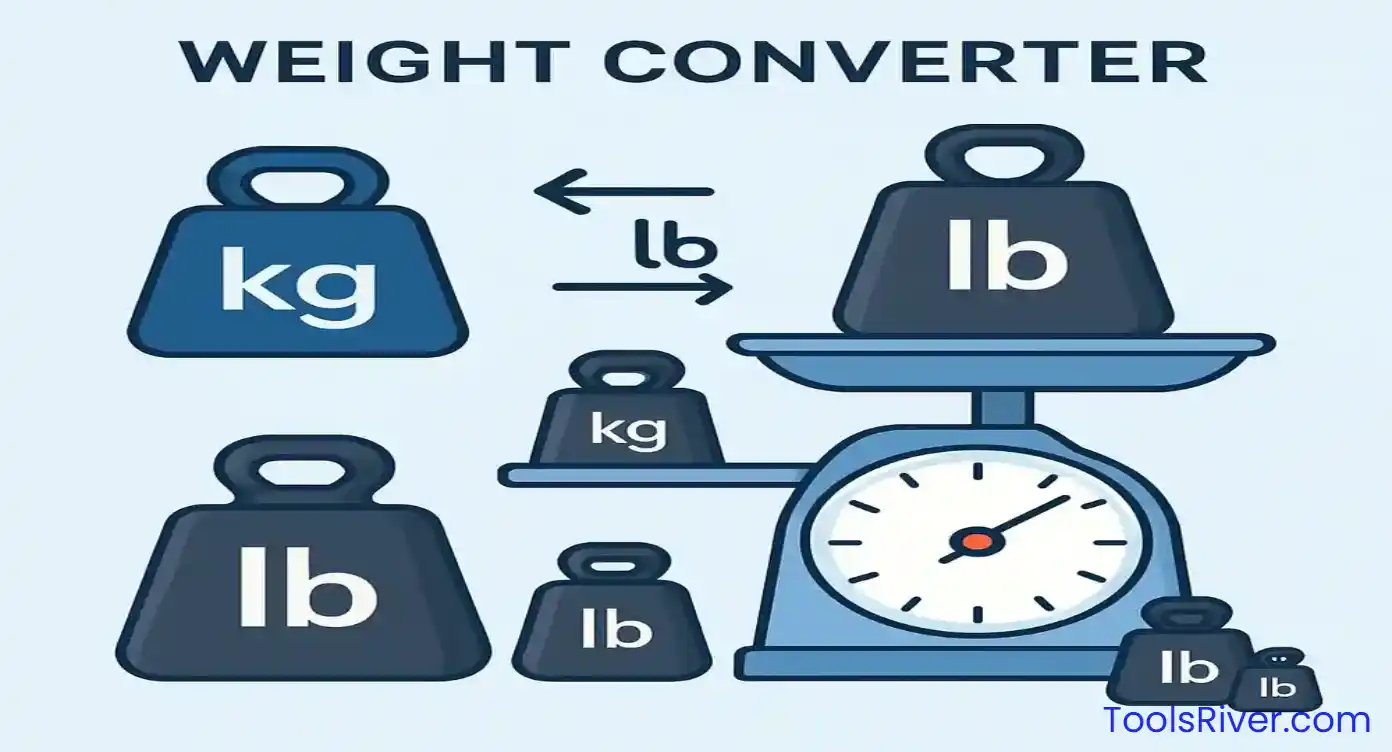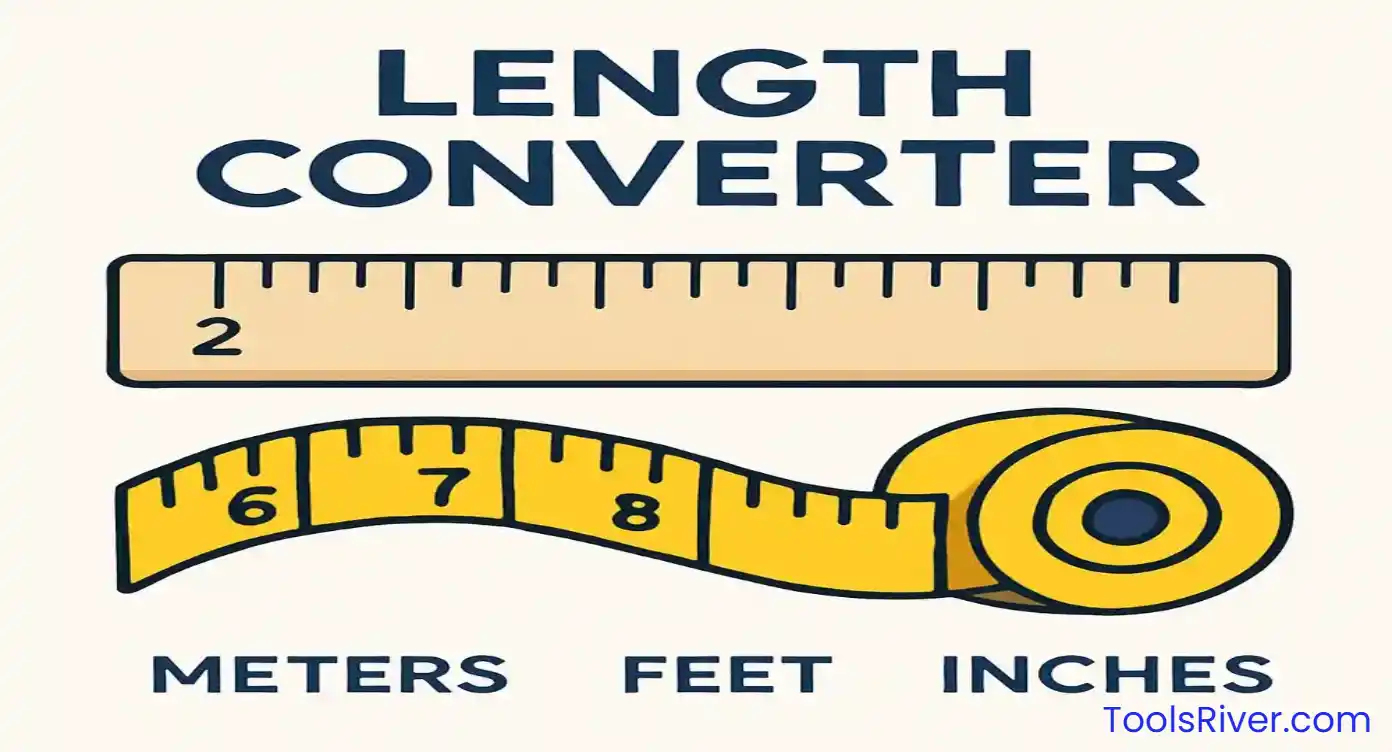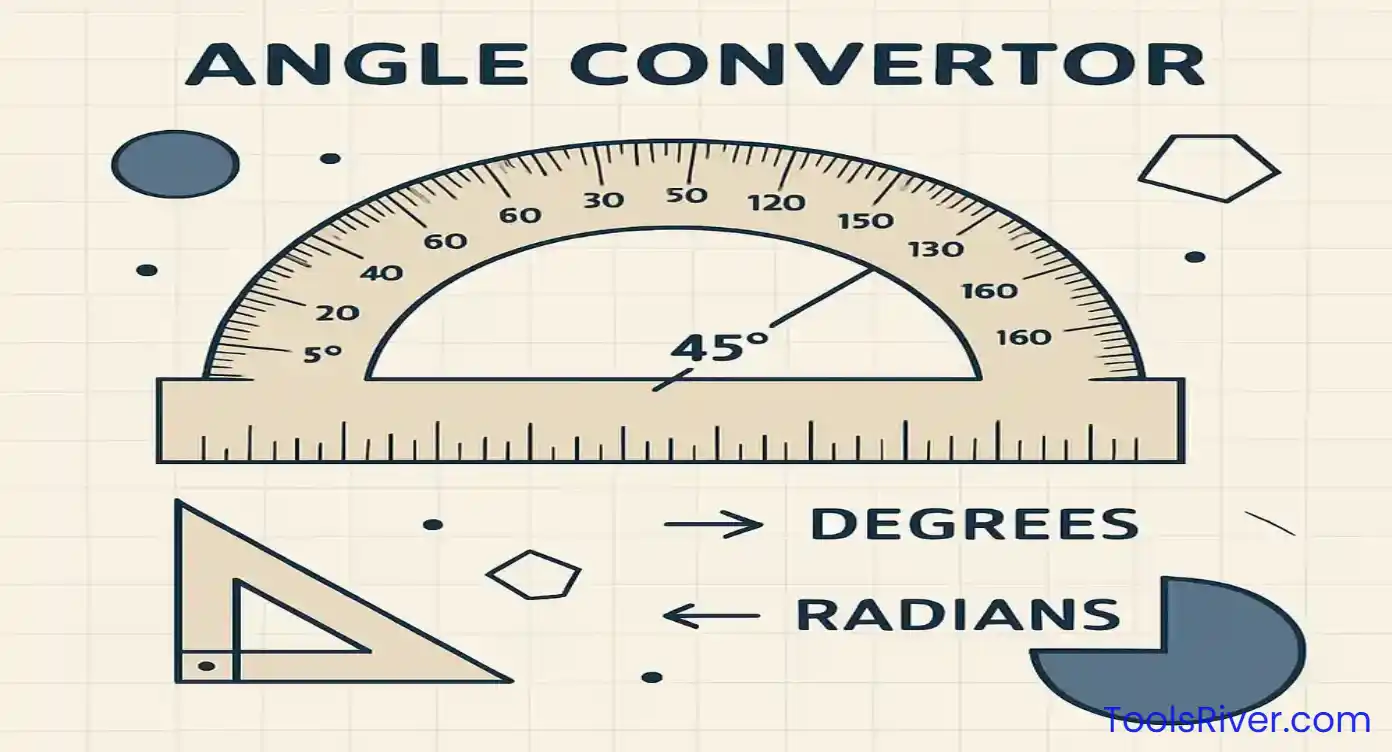Convert between degrees, radians, gradians and more
Input Angle
Conversion Results
Common Formulas
Quick Reference
Professional Angle Converter for Mathematics and Engineering
Our advanced angle converter tool provides precise conversions between all major angle measurement units used in mathematics, engineering, navigation, and construction. Whether you're working with degrees, radians, gradians, or other angular units, this professional calculator ensures accurate results for your technical projects and academic work.
Key Features
- Convert between degrees, radians, gradians, turns, arc minutes, and arc seconds
- Real-time conversion with high precision calculations
- Quick conversion buttons for common angles
- Formula reference and mathematical relationships
- Copy results functionality for easy data transfer
- Mobile-responsive design for use anywhere
Perfect For
- Students studying trigonometry and calculus
- Engineers and construction professionals
- Navigation and surveying specialists
- Mathematics teachers and professors
- Aerospace and mechanical engineers
- Architects and design professionals
Understanding Angle Measurement Units
Angle measurement is fundamental to numerous fields, from basic geometry to advanced engineering applications. Our converter supports all major angular units, each with specific applications and advantages. Understanding these different units helps you choose the right measurement system for your particular needs.
Degrees
The most common angular unit, dividing a full circle into 360 equal parts. Widely used in everyday applications, navigation, and basic mathematics.
Radians
The standard unit in mathematical analysis and calculus. One radian is the angle subtended by an arc equal to the radius of the circle.
Gradians
Also called gons, dividing a full circle into 400 equal parts. Used in surveying and some European countries for its decimal nature.
Applications in Professional Fields
Angle conversion is essential across numerous professional disciplines. In engineering, precise angular measurements ensure structural integrity and mechanical functionality. Navigation systems rely on accurate angle calculations for GPS positioning and route planning. Construction professionals use angle converters for architectural planning, ensuring buildings meet design specifications and safety standards.
Pro Tips for Accurate Conversions
- • Always double-check your input unit before converting
- • Use radians for calculus and advanced mathematical calculations
- • Degrees are most intuitive for general geometric applications
- • Gradians offer decimal convenience in surveying work
- • Remember that π radians equals exactly 180 degrees
- • Use arc minutes and seconds for high-precision measurements
Whether you're a student learning trigonometry, an engineer designing mechanical systems, or a professional working with navigation equipment, our angle converter provides the precision and reliability you need. The tool's intuitive interface makes complex conversions simple, while maintaining the mathematical accuracy required for professional applications. Start converting angles instantly with our free, professional-grade calculator.










